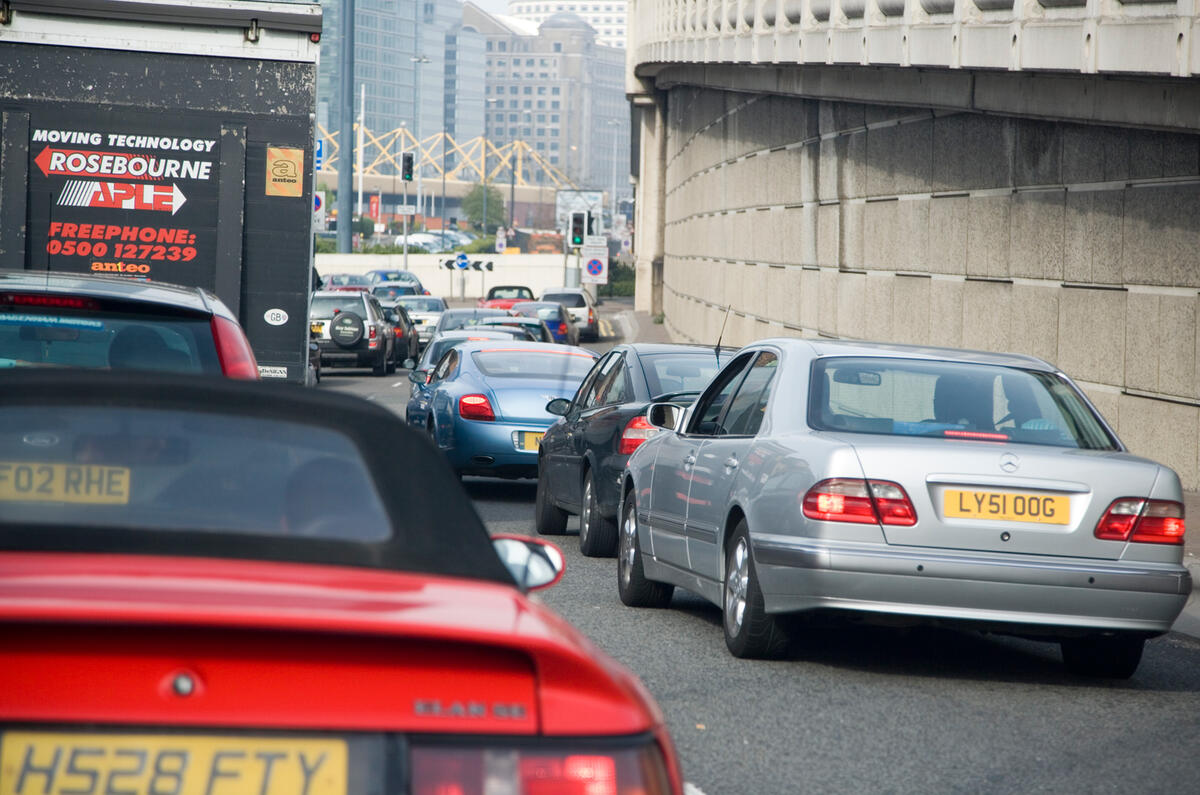It’s become something of a New Year tradition in the capital: the news story revealing that London has breached annual EU air quality laws in just a matter of days.
According to today’s report in The Guardian newspaper, EU regulations demand that Nitrogen Dioxide levels must ‘not exceed 200 micrograms per cubic metre of air more than 18 times in a whole year’.
Is it time to say goodbye to diesel?
This year’s first breach in London was on the main A23 road running through Brixton in South London. It’s usually Putney High Street - four miles west of Brixton - that is the primary pollution hot spot. But, despite measures taken by the local council in 2016, including banning daytime lorry deliveries, not much has improved there either.
The Guardian quotes figures from King’s College saying that these hourly pollution limits were broken ‘1221 times’ on Putney High Street.
Of course, it’s not the whole of the capital that is under fog of Nitrogen Dioxides, but over the next few weeks and months, places such as Oxford Street, the Strand and King’s Road in Chelsea - all shopping and tourist centres - will also go over the EU limits.
Other UK cities and towns that are said to have illegal levels of air pollution include Southampton, Stoke-on-Trent and Birmingham.
This year’s New Year pollution alert was preceded the evening before by an alarming press release from the International Council for Clean Transport, claiming diesel cars could be putting out as much as ten times the level of Nitrous Oxides (NoX) emissions as is managed by heavy lorries. And it seems that this claim is not an exaggeration.
For diesel, then, things aren’t looking too positive. Indeed, late last year, four global cities - Mexico City, Athens, Paris and Madrid - vowed to ban diesel-powered vehicles from the streets by 2025.
Just as activists helped ensure that Co2 reduction was the most important aspect of EU legislation in the early 2000s - thereby accelerating the use of diesel vehicles through tax breaks - the same people are now vowing to wipe diesel out.





Join the debate
Add your comment
I am informed that commercial shipping causes way mor pollution
thye devil was petrol now diesel it will be petrol again
Here in France, the balance
It could be a good mean to drive away from our nice capitals the commuters and their dubious cars.